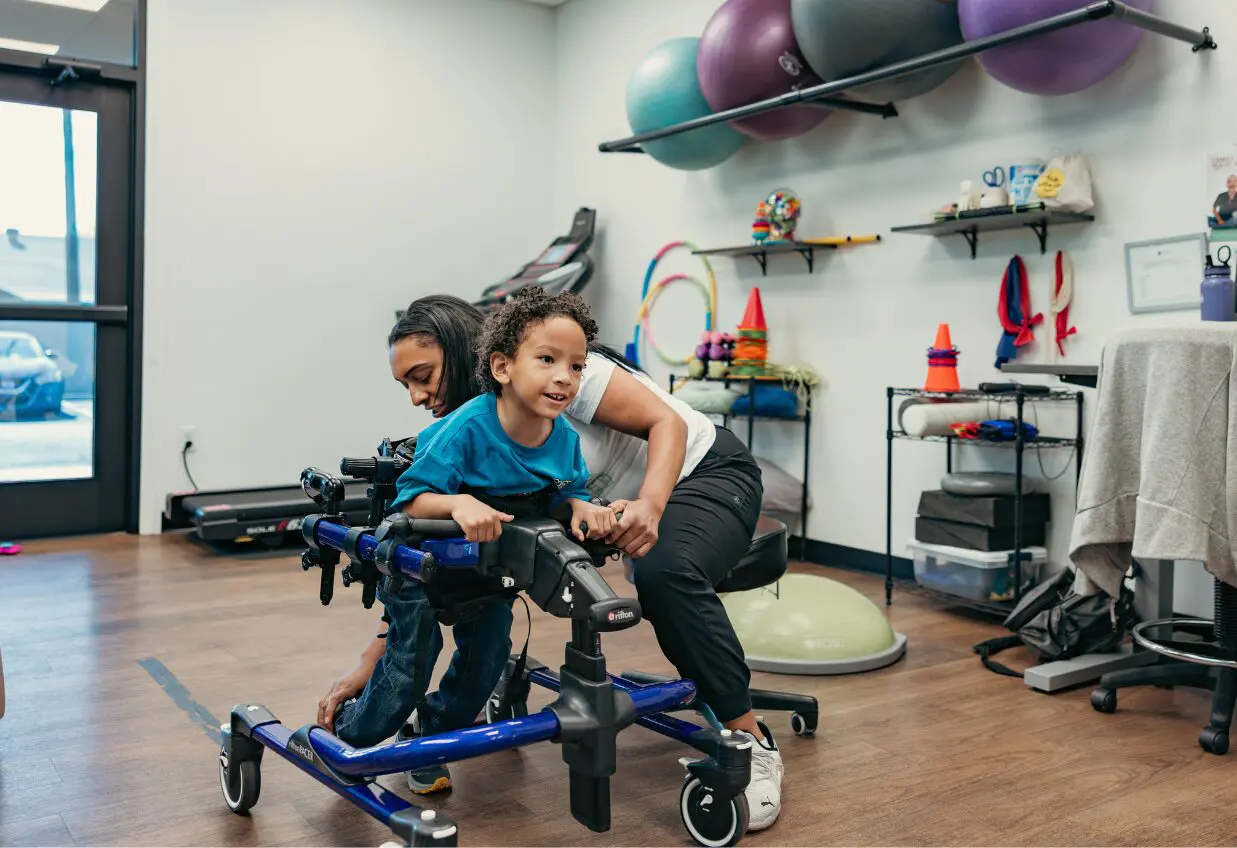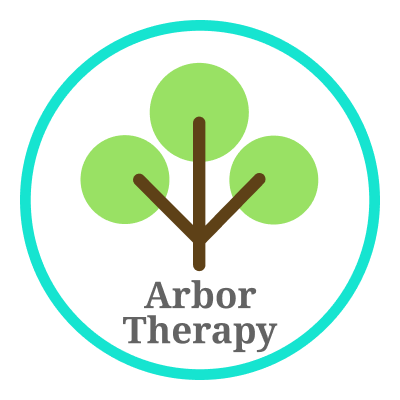The Power of Play
The Power of Play: How Physical Therapy Helps Kids Reach Their Goals
When most people think of physical therapy, they picture exercises, stretches, and equipment—but in pediatric physical therapy, play is where the real magic happens. Play is how children learn best. It’s how they explore, experiment, and develop the strength, coordination, and confidence they need for everyday life.
At Arbor Therapy, we believe that therapy should never feel like a chore. Every session is an opportunity for kids to have fun while building critical motor skills that support their growth and independence.
Why Play Matters in Pediatric Physical Therapy
Play is a child’s natural language—it’s how they interact with the world. For therapists, play is also a powerful tool for achieving developmental goals. Through playful movement, kids strengthen muscles, improve balance, and practice coordination, often without realizing they’re “working.”
When therapy is built around games and activities children enjoy, they’re more engaged and motivated to participate. This not only boosts progress but also fosters a positive attitude toward physical activity and learning new skills.
How Play Builds Physical and Emotional Strength
1. Building Strength Through Movement
Activities like crawling through tunnels, jumping on trampolines, and climbing soft blocks help develop the large muscle groups essential for posture, walking, and stability.
2. Improving Balance and Coordination
Games that include catching, hopping, or balancing on one foot enhance coordination, body awareness, and confidence—all key for playground play, sports, and daily activities.
3. Encouraging Independence and Confidence
Each small win—whether it’s pedaling a tricycle or stepping over an obstacle—teaches perseverance and builds self-esteem. Playful repetition reinforces progress without frustration.
4. Supporting Social and Emotional Skills
Group activities and interactive games teach turn-taking, teamwork, and communication—skills that translate far beyond the therapy room.
What Play Looks Like in Therapy
A pediatric physical therapy session may include:
- Obstacle courses designed to challenge balance and coordination
- Animal walks (like crab or bear crawls) to strengthen the core
- Scooter board races that build upper-body strength
- Yoga poses for focus, flexibility, and calm
- Ball games that promote timing, reaction, and confidence
Every activity is purposeful—each stretch, jump, and laugh is part of a carefully designed plan to help children meet their physical milestones.
Bringing the Fun Home
You can keep the progress going between sessions by encouraging movement through play:
- Go on nature walks and collect leaves or rocks.
- Create a mini obstacle course in your living room.
- Dance, climb, and play catch—anything that gets the body moving.
Simple, playful moments at home reinforce therapy goals and help your child feel proud of their growing abilities.
Physical therapy isn’t just about exercises—it’s about empowerment. Through play, children learn to move with strength, confidence, and joy.
If you think your child could benefit from pediatric physical therapy, our team at Arbor Therapy is here to help. We specialize in making therapy fun, engaging, and effective—so every child can reach their goals, one playful step at a time.

